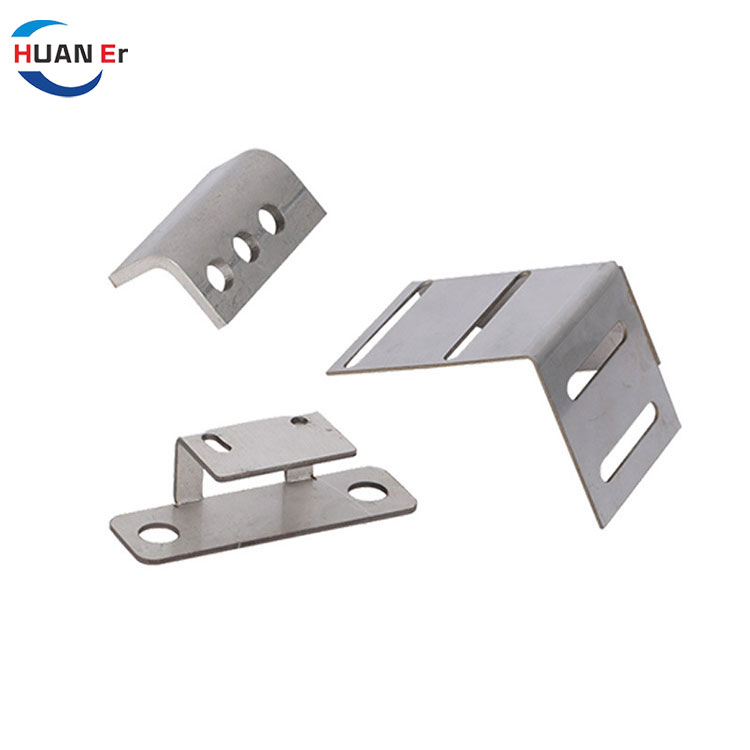What Is the Role of Automation in Sheet Metal Parts Manufacturing?
2024-09-17

What are the advantages of using sheet metal parts in manufacturing?
Sheet metal parts are lightweight, easy to maintain, and durable. They can be fabricated into complex shapes with high precision through automation, which saves time and labor costs. Also, sheet metal parts can be recycled, which is environmentally friendly.
How is automation changing the sheet metal parts manufacturing industry?
Automation is playing an essential role in improving the efficiency and quality of sheet metal parts manufacturing. With computer-aided design (CAD) software and computer numerical control (CNC) machines, manufacturers can streamline the production process and reduce errors. Additionally, automation enables mass customization of sheet metal parts, making it possible to produce different parts on one production line simultaneously.
What are the challenges in adopting automation in sheet metal parts manufacturing?
One of the main challenges is the initial investment in automation equipment and training of personnel. Also, the design of the sheet metal parts should be compatible with the CNC machines to avoid errors. Moreover, the maintenance and repair of automated machines require specialized skills and can be costly.
What is the future of automation in sheet metal parts manufacturing?
The trend towards automation in sheet metal parts manufacturing is likely to grow in the future. With the advancements in artificial intelligence, machine learning, and robotics, the production process will become more intelligent and flexible. Also, the integration of automation and 3D printing technologies will enable the creation of more customized and complex sheet metal parts.
In conclusion, automation is revolutionizing the sheet metal parts manufacturing industry by increasing efficiency, precision, and customization. Although there are challenges in adopting automation, the benefits outweigh the costs. Therefore, it is expected that automation will continue to shape the future of sheet metal parts manufacturing.
Xiamen Huaner Technology Co., Ltd
Xiamen Huaner Technology Co., Ltd is a leading manufacturer of sheet metal parts in China. We are committed to providing high-quality products and services to our customers worldwide. Our products are widely used in various industries, including aerospace, automotive, electronics, and construction. Our website is https://www.huanertech.com. For inquiries and collaboration opportunities, please email us at amanda@huanertech.com.
Scientific Research Papers:
Khan, N. Z., et al. (2018). "Effect of welding on tensile and fatigue behaviour of friction stir welded aluminium alloy." Materials Today: Proceedings 5.3: 8009-8018.
Mohanty, B., et al. (2018). "Comparative study of the machinability of titanium and titanium alloy using electric discharge machining." 2018 International Conference on Wireless Communications, Signal Processing and Networking (WiSPNET). IEEE.
Lauwers, B., et al. (2002). "Machining of sheet metal forming tools." International Journal of Advanced Manufacturing Technology 20.9: 634-642.
Liu, J., et al. (2013). "Research on the thickness measurement method of sheet metal based on machine vision." Procedia CIRP 11: 68-73.
Geiger, M., et al. (2017). "Additive manufacturing using sheet metal." Procedia CIRP 66: 191-196.
Jonathan, C. (2020). "3D Design for Sheet Metal Production." Industrial Tomography Systems.
Dharmendra, Kumar, A., and Sharma, A. (2017). "Gas metal arc welding of AZ31B magnesium alloy." Materials Today: Proceedings 4.2: 416-423.
Sadhanala, H. K., et al. (2017). "Effect of tool pin profile on the mechanical properties of friction stir welded aluminium alloy." Materials Today: Proceedings 4.3: 3845-3853.
Yang, L. M., et al. (2016). "Residual stress reduction by laser shock peening using a moving beam." Optics and Lasers in Engineering 81: 85-94.
Gupta, G., and Kumar, R. (2019). "A review on formability of aluminum sheets." Journal of Materials Research and Technology 8.3: 3169-3183.
Alfares, M. A., and Ahmed, E. (2017). "Optimization of surface roughness in wire electrical discharge machining of aluminum." Materials Today: Proceedings 4.2: 595-603.



